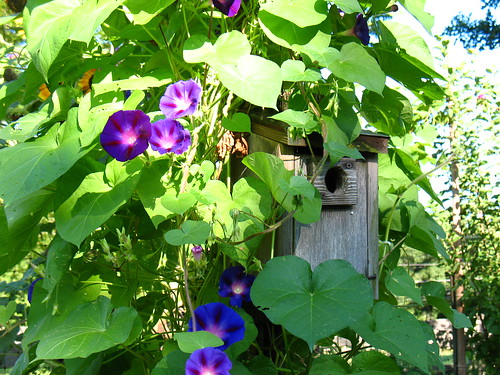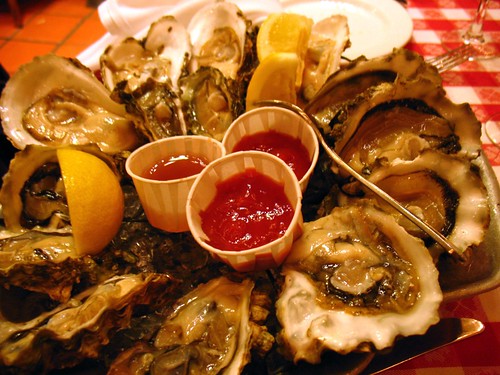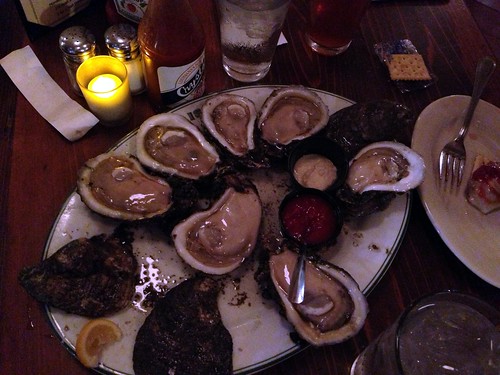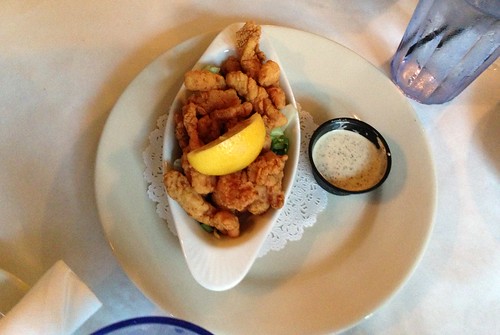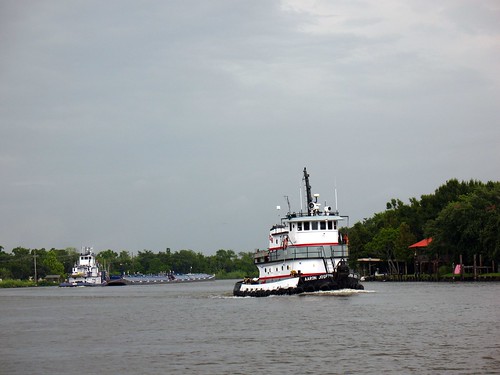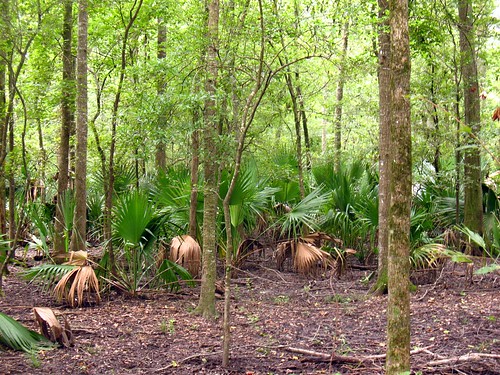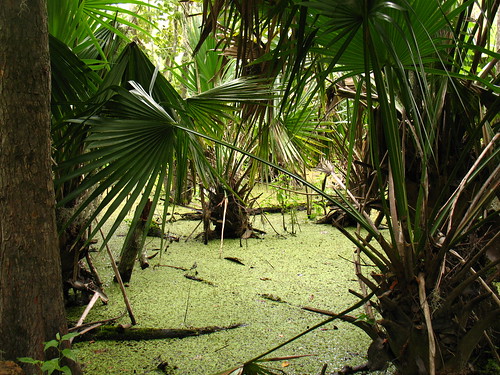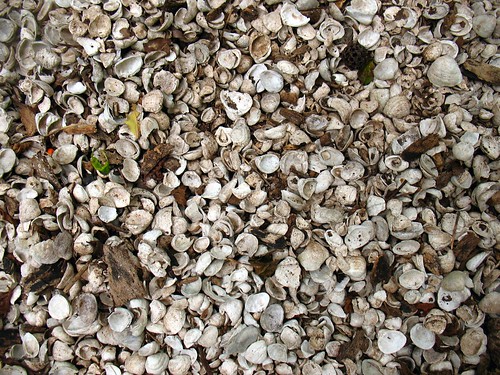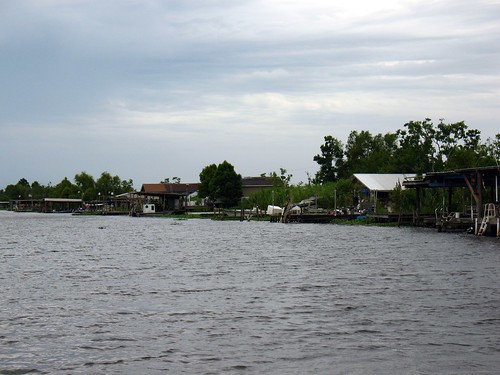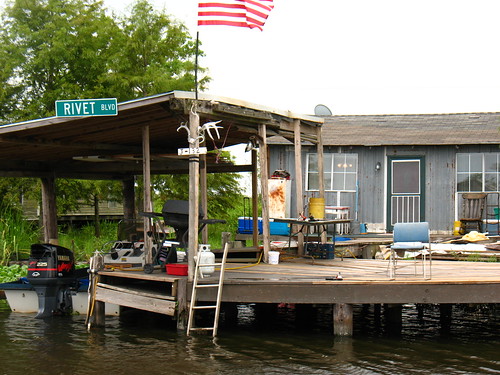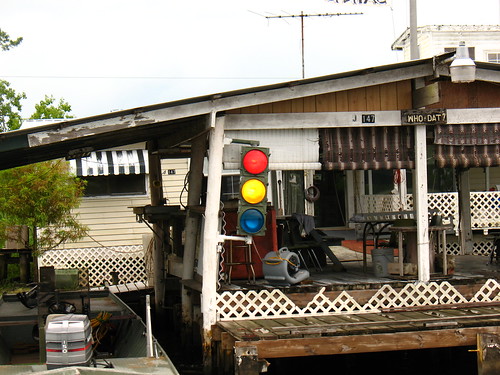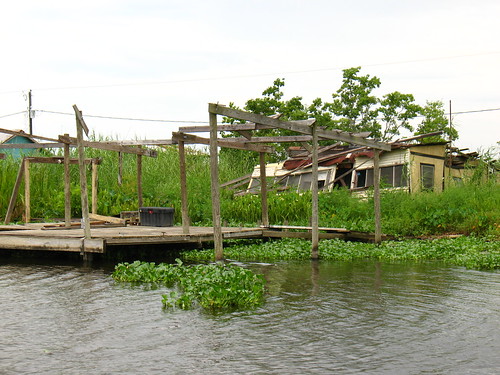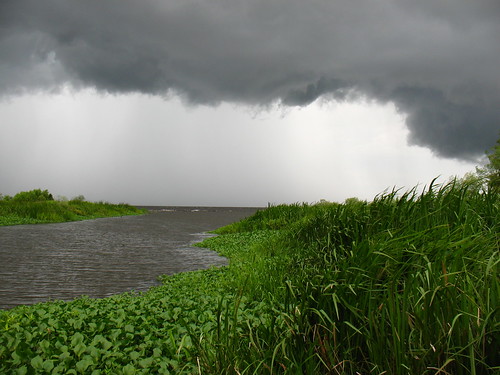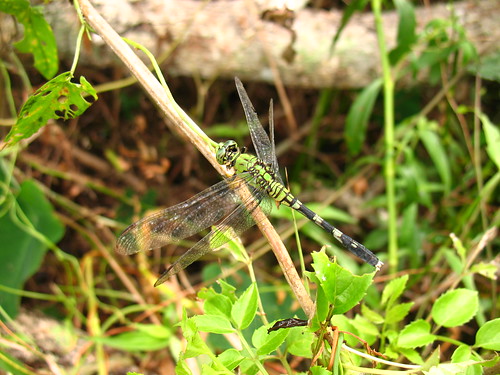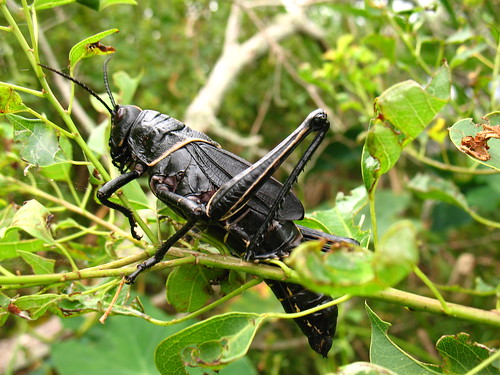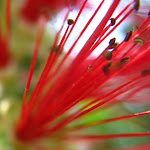I have two hotels that are my absolute favorites, and they are both alike and so dissimilar that you wonder what do these really have in common. Neither is cheap, so save up first for a fantastic experience. So, on to the reviews and reminiscences:
The first is Sigtuna Stads Hotell in Sweden,just northwest of Stockholm, where I stayed maybe 10 years ago with PP. It is a hotel from 1909 that has been immaculately renovated, cared for, and preserved while being updated to modern standards. It mixes old white and unpainted wood with modern chrome and clean lines. It is a blessing for tired eyes, and tired bodies.
It also helps that they have the best Swedish breakfast buffet I have had in a long time. It really impressed my husband-to-be at the time, he still talks about it. Take a visitor here from another country and they will really 'get' what Swedish breakfast is about. Hardboiled eggs, many kinds of cold cuts, cheeses, Kalles kaviar, musli, yoghurt (several kinds), homebaked bread, real butter, jams, and on and on. It might be changed now but I doubt it.
Their dinners are also amazing, and all based on local, sustainable food. I have no memory of what we ate for dinner only that it was exuberant, memorable, and plainly amazing. You sit in the old dining room and look out over Lake Mälaren, not far from the island Björkö that was one of the first Viking cities and trading places (named Birka by the vikings). In these areas history goes deep, as does the sense of nature and responsibility.
The early 1900s components melds here effortlessly with 1950s,. 1960s, and 2010s both in design and food traditions. (Note how I left out 1970s and 1980s? That was totally on purpose.) I love this place and want to go back. (More photos via Google of this hotel here. Worth googling and oogling and longing for. )


(Images borrowed from Sigtuna Stads Hotell website)
The second place is a recent discovery - Hotel Vermont, in the city of Burlington in the state of Vermont in the United States of America. Burlington sits on the eastern shore on Lake Champlain, and on the other side of the large lake is the Adirondack Mountains, blue shades in the distance on a clear day.

(Images borrowed from Hotel Vermont's website)
Hotel Vermont is only a year or two old, so brand-new really and they have incorporated sustainable, beautiful and functional design throughout. As much as possible they try to promote local food, local artists, and local artisans. The soap is made locally, the mugs are from a local pottery, the artwork is local, and even if the glasses with cows on them are Italian, they are imported and sold locally in Bennington. We know because we bought the same glasses in Vermont a few years ago, and I think they are gorgeous.


(Images borrowed from Hotel Vermont's website)
The artwork behind the check-in desk in the lobby, a large wooden collage of reclaimed wood, has a very special story. It was designed and constructed by Duncan Johnson by wooden pieces from destroyed houses after hurricane Irene which destroyed large parts of Vermont villages in 2011 through massive, and I mean MASSIVE, flooding. Hundred-year-old covered bridges were washed away, people were disconnected from the world by non-existent roads for weeks, and houses filled with mud and water and fell apart. Hurricanes don't always have the worst effect along the coast, which Irene showed.

(Images borrowed from Hotel Vermont's website)
But back to the hotel - our room had understated art, a very smart bathroom solution where one person can have privacy on the toilet and the other can take a shower - all arranged through frosted sliding glass doors. There is free sparkling and mineral water in the hallways (which are very quiet!), as well as many kinds of coffee and tea. The bed, oh the bed. It is alike a dream sleeping in that bed. Just perfectly soft. Amazing pillows too. A hotel with bad mattresses kills a good visit. (OK, worst mattresses ever? OTS research station in Palo Verde, Costa Rica, takes the price. Then there is a big gap, and unfortunately Hotel Latchis in Brattleboro comes in second. If they changed their mattresses their hotel would suddenly get 4 stars in my book - I love that art deco hotel but the hard old mattresses are killing me...). Someone at Hotel Vermont really cares about sleep quality. Thank you!

(Images borrowed from Hotel Vermont's website)
The breakfast is served at Juniper, a small restaurant near the well-designed bar, which in itself is a great treat. Many local beers and other liquids there too (at the bar). Back to breakfast, which was amazing and not too expensive. Mushroom ragout on homebaked bread with a soft-poached egg on top, and I was in heaven. PP had grits with a sunny-side up egg and young pea shoots, and he was in heaven too.
A few days earlier we had paid $11 for breakfast at an inn in southern Vermont, for food that was about 5% of the value and experience of this food (moldy, uncooked, tasteless), and this food was not much more expensive. How can that be? "Could it be a whistlepig?" [That latter quote is a somewhat internal Vermont story, which involve groundhogs, a bike, and Whistlepig whisky, and now is a family quote here at home. Sorry, couldn't help myself. ]

(Images borrowed from Hotel Vermont's website)
So, we stayed at this hotel and I failed to take any photos. How is that possible? I don't know. Whistlepig, maybe? :) Actually, I didn't have any whisky, but I did have an amazing elderflower drink. Vermont knows their elderflowers, it goes in their lemonade, beer, and even rum.
(For the record, all reviews on this blog are voluntary, and do not include ANY kind of marketing or money from any commercial companies. It is just my own personal opinions of places where I have paid to eat, sleep, walk, think, shower, and be for a little while. Just so we are clear on that. If I win a million dollars on a lottery someday, you'll find me at either of these hotels for a little while :) )


